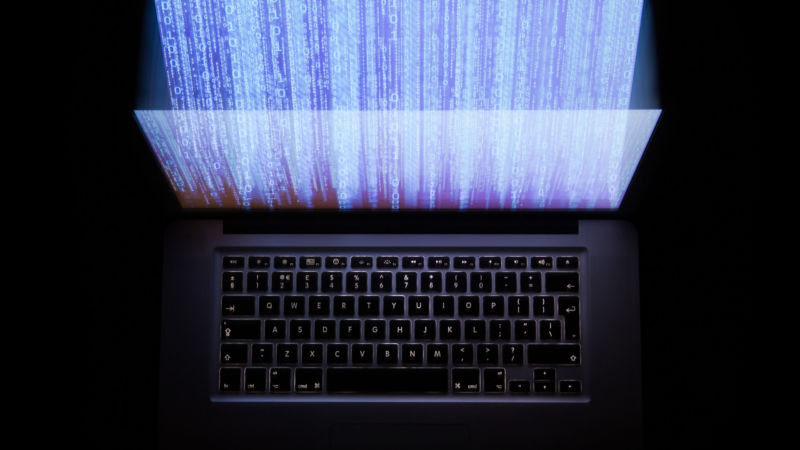Can banks and other financial institutions better manage their risk and offer faster settlements by "tokenizing" their liabilities on blockchain networks?
Banks and distributed ledger technology (DLT) companies are together exploring ways to bring regulated liabilities — commercial bank money, central bank money, and e-money — onto a blockchain network that could ultimately deliver an “always on”, programmable, instant transaction settlement system to replace legacy payments infrastructure.
“As DLT has the potential to represent multiple forms of digital value, we might go further and envision the creation of networks that tokenize regulated liabilities and assets on the same chain,” wrote Tony McLaughlin, head of emerging payments and business development in Citibanks’ trade solutions business, in a recent article. “Such a network would be significantly different from today’s siloed financial architecture — a regulated internet of value.”
The financial architecture — regulated liability networks (RLNs) — that McLaughlin and others have proposed envisions tokens transferring between banks on the network, which will mint, burn, and transfer tokens in a coordinated single operation to achieve real-time settlement between the customers of any regulated institution. This plan, however, is in its early days with RLNs still firmly in the sandbox phase.
“With the RLN, it sounds great when you read the paper,” says Alisa DiCaprio, chief economist at R3, an enterprise technology and services firm in New York which is hosting one of the sandbox projects. “It seems straightforward, but when you actually try to map it onto the technology, you see — oh wait, it doesn’t do that. [The sandbox] forces everyone to be thinking in a new way.”
Regulated liability networks would allow for tokens transferring between banks on the network, which will mint, burn, and transfer tokens in a coordinated single operation to achieve real-time settlement between the customers of any regulated institution.
This process will give both the central banks and the commercial banks the ability to see the difference between a RLN and a central bank digital currency (CBDC) and when they might use them, and how a CBDC might best be designed to allow this RLN, if that’s what the banks want to do, DiCaprio explains. “The central banks are interested in this.”
Further, RLNs could deliver risk management gains by eliminating settlement time and reducing counterparty risk as well as creating shared “gold copies” of transactions instead of siloed ledgers, Citibanks’ McLaughlin says. Digital golden copies of transactions and assets on the chain would deliver long sought-after balance sheet transparency, giving firms greater clarity on the risks they hold.
Network users would benefit, too, from being able to use smart contracts on tokenized assets and even bring in tokenized compliance — whereby certain regulatory rules expressed digitally are associated with an asset. For example, an asset token could be programmed to be sold to eligible clients. Tokenized compliance could ultimately automate other post-trade compliance tasks, such as trade and transaction reporting.
Tokenized liabilities vs. stablecoins
Currently, RLNs are being tested in sandbox environments to bring tokenized regulated liabilities (such as digital money) and eventually assets such as stocks, bonds, or any financial instrument or liability onto the blockchain. It is an alternative to building a payments network based solely on CBDCs or unregulated cryptocurrencies and stablecoins.
Bringing multiple regulated liabilities on a blockchain from across the financial services system for payments is, in part, aimed at easing banks’ anxiety about CBDCs dominating payments. Some central bankers and legislators do not support the idea of governments, in effect, getting into the payments business any more than they are already. “Central banks are looking at issuing a central bank digital currency, and honestly, part of this [work] is commercial banks responding to that, because they’re a little freaked out,” DiCaprio observes. “Central banks have been pretty good about being very clear that commercial banks are still going to be involved, they’re not going to be disintermediated, but commercial banks are nervous, and RLN is one response.”
Tokenized regulated liabilities are simply representations of existing deposits held in a wallet instead of an account. They are redeemable at par in national currency units, unlike cryptocurrencies, which are backed by nothing and fluctuate in value. Stablecoins could come onto an RLN if they gain regulatory approval and are guaranteed to be redeemable at par.
Testing underway
The idea for an RLN emerged last year out of work initiated by Citi, OCBC Bank, Goldman Sachs, Barclays, BondEvalue, Bank of America, Bank of New York, Payoneer, PayPal, Wells Fargo, SETL and Linklaters. And DiCaprio’s R3 is running a RLN test in a sandbox environment on its Corda blockchain, taking “inspiration” from the European Central Bank’s TARGET platform, on which EU central banks write their liabilities onto a shared ledger (not on DLT). The R3 RLN on Corda aims to allow commercial banks and e-money institutions to write their liabilities onto a ledger in a similar manner — blockchain in this instance, but it could be another electronic platform.
“We have a CBDC sandbox which is a user-interface where central banks or commercial banks — anybody really — could come in, create an identity, and figure out what it means to have different design features of the central bank digital currency,” Di Caprio says. These design features might be direct or indirect issuance or different tier models. The sandbox allows banks to see what happens when they make different design decisions using this new concept. Currently the sandbox is designed with two nodes to allow for two central banks to interact with each other. “But with RLN, we would need three nodes, which is something that we’ve actually built before for different clients,” Di Caprio explains. “We’re now building that functionality for everybody.”







